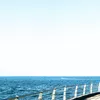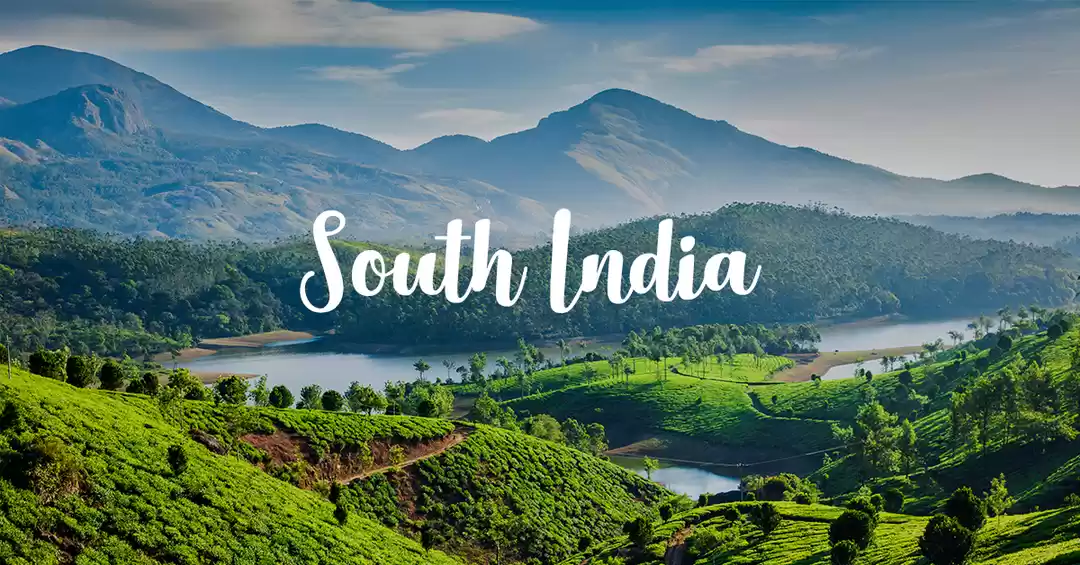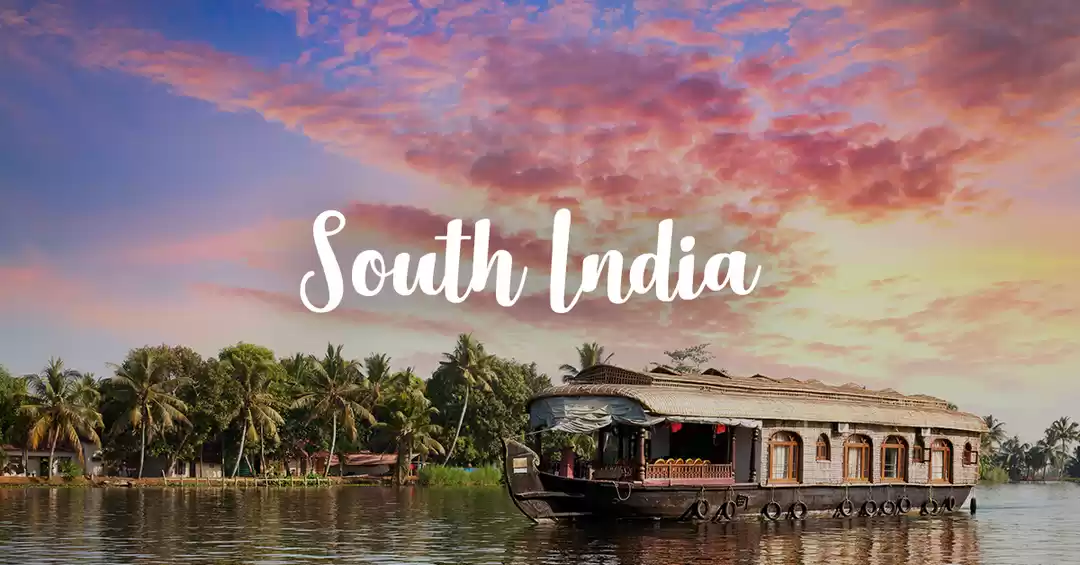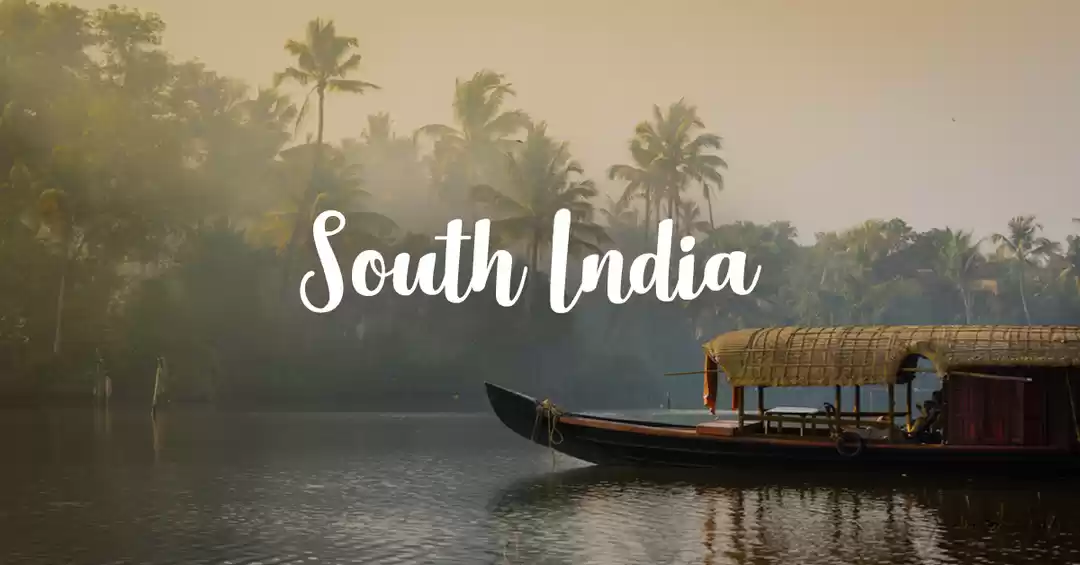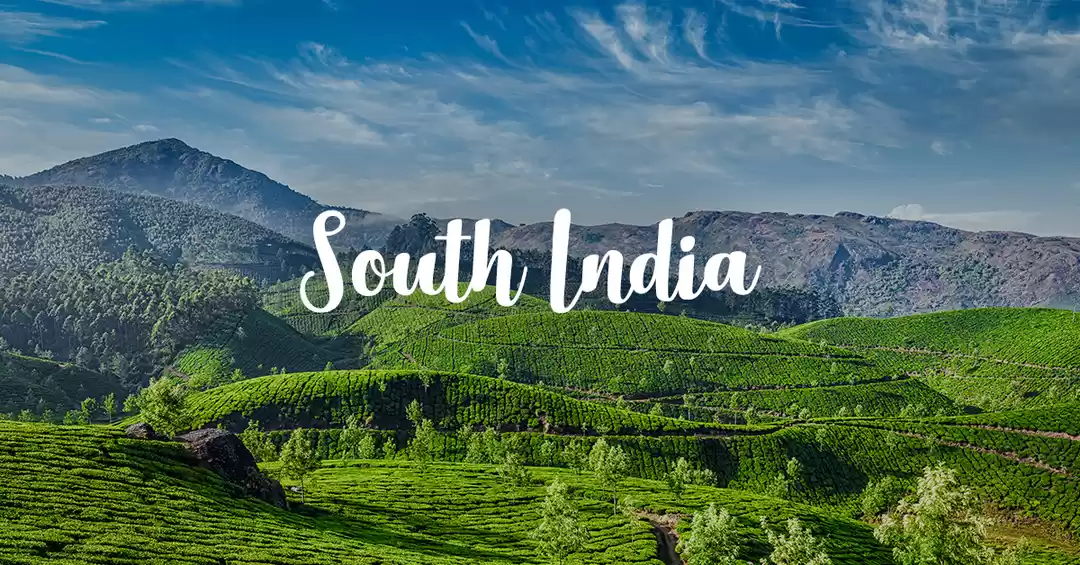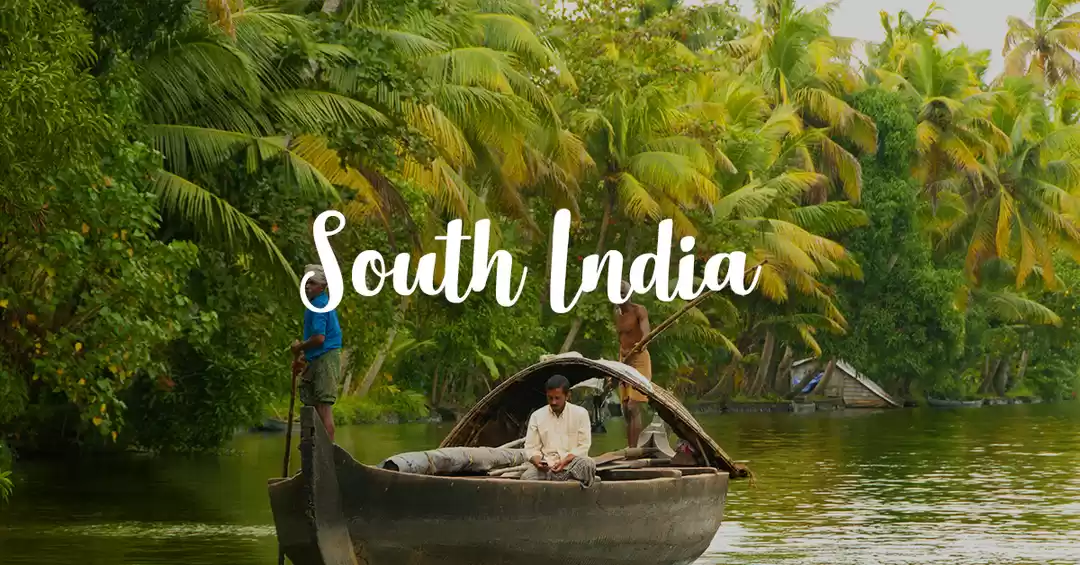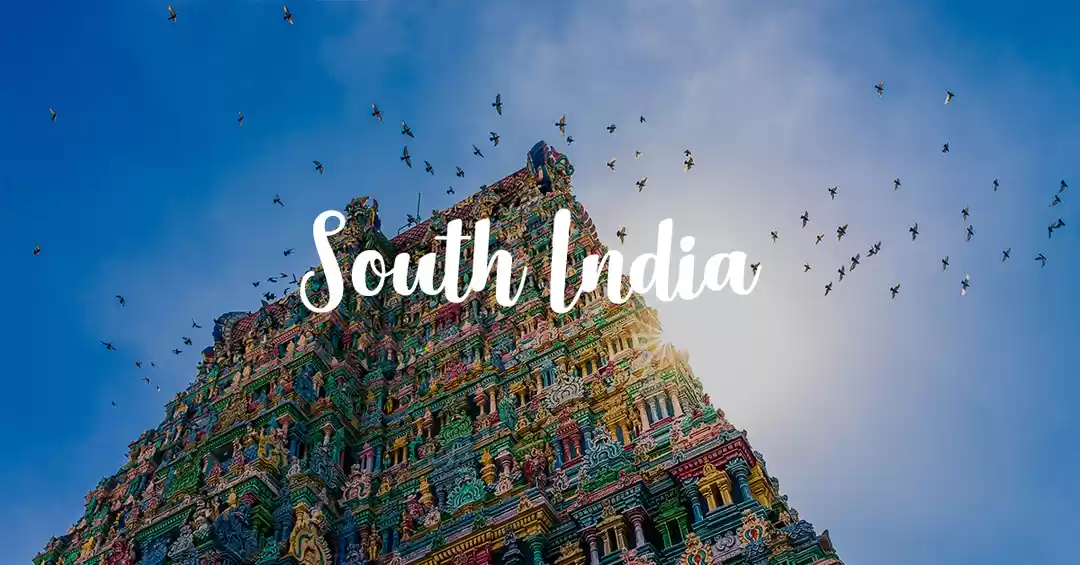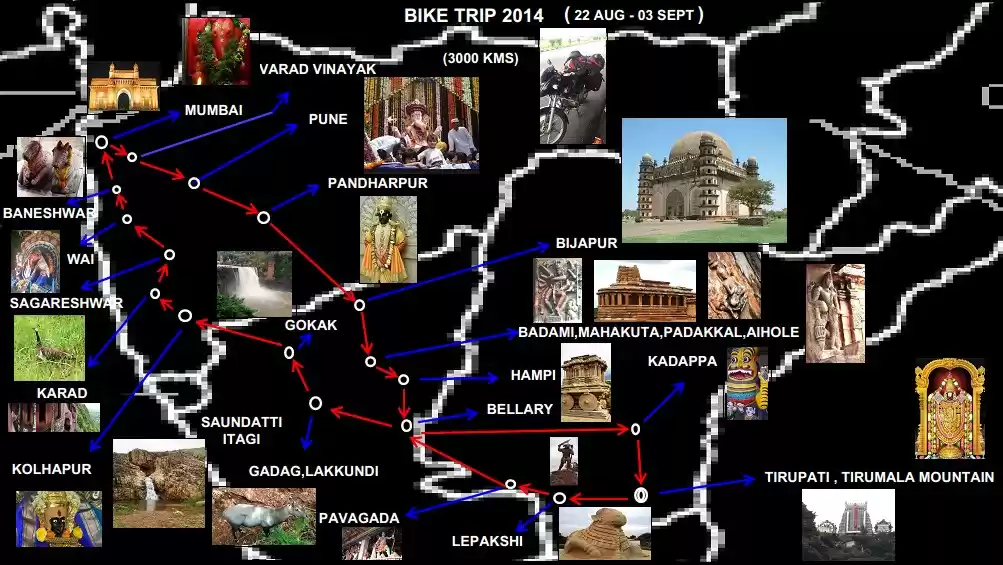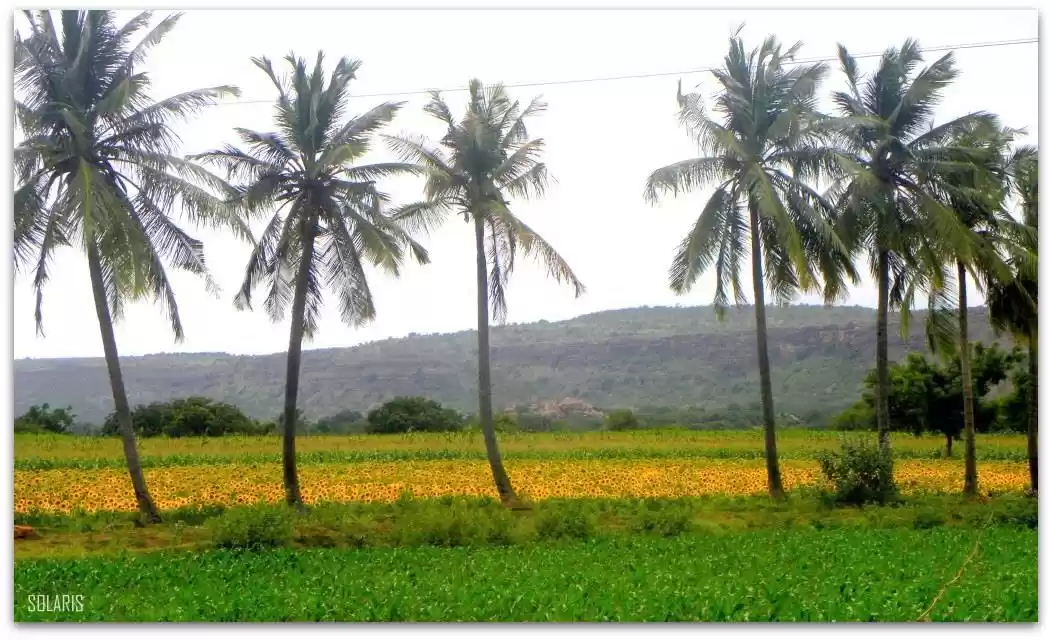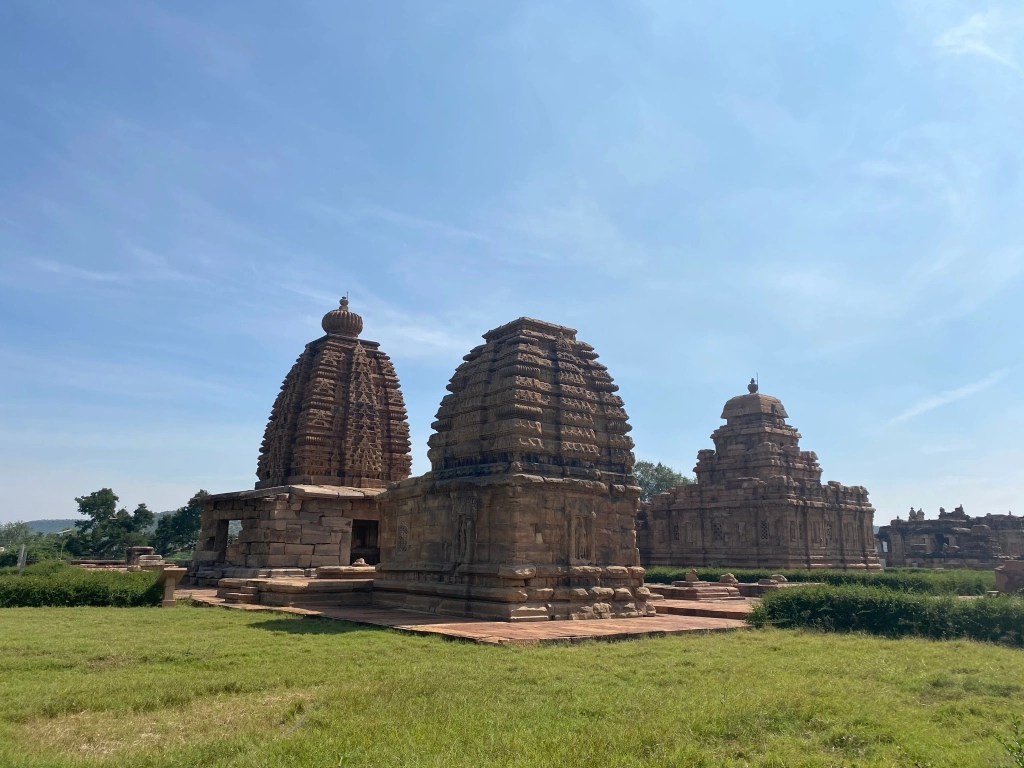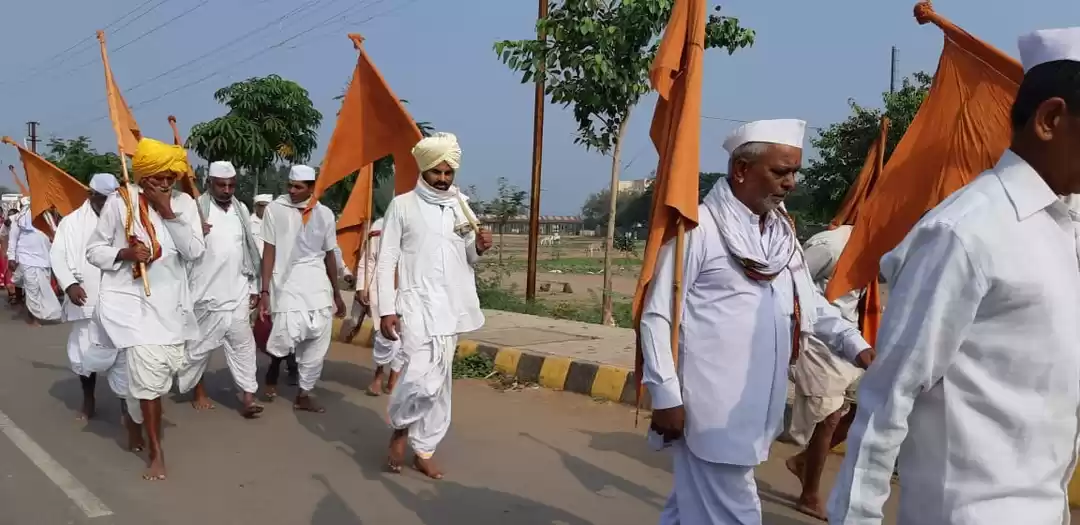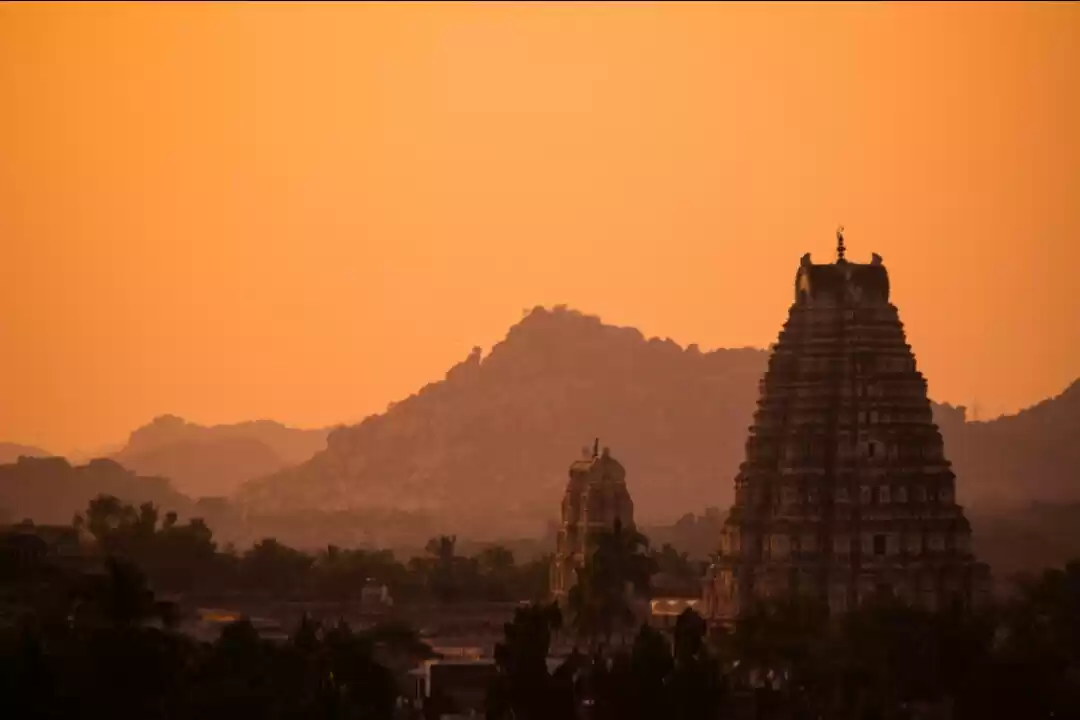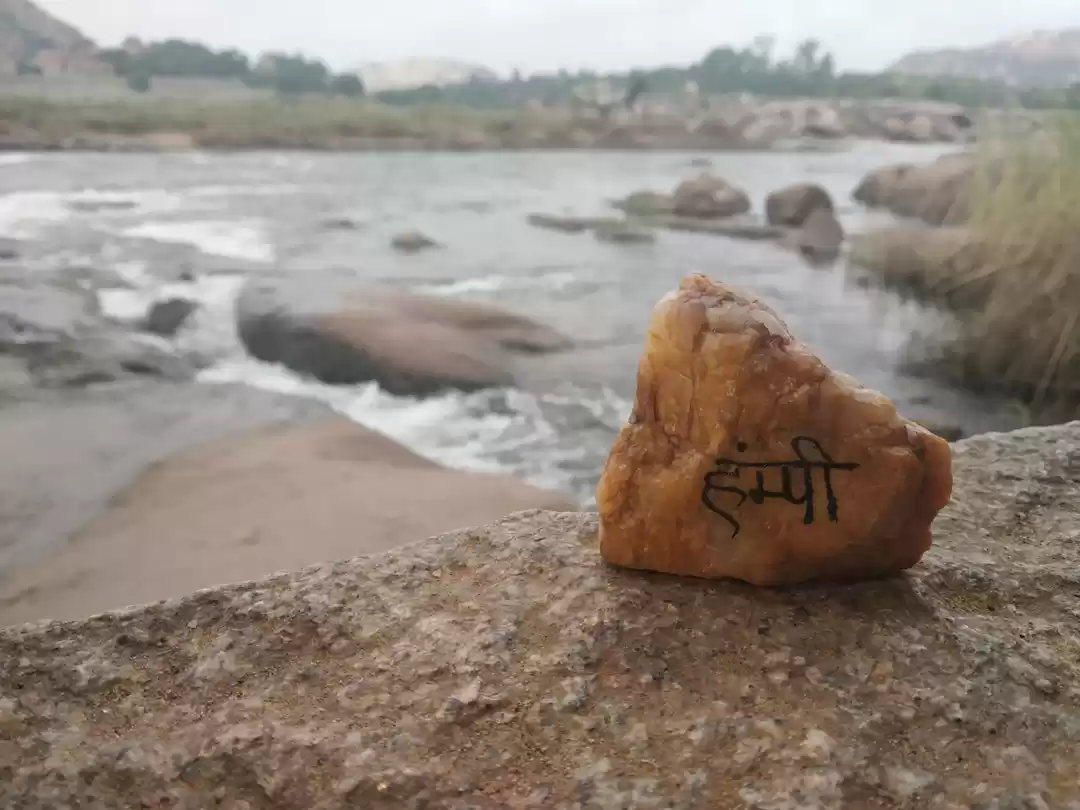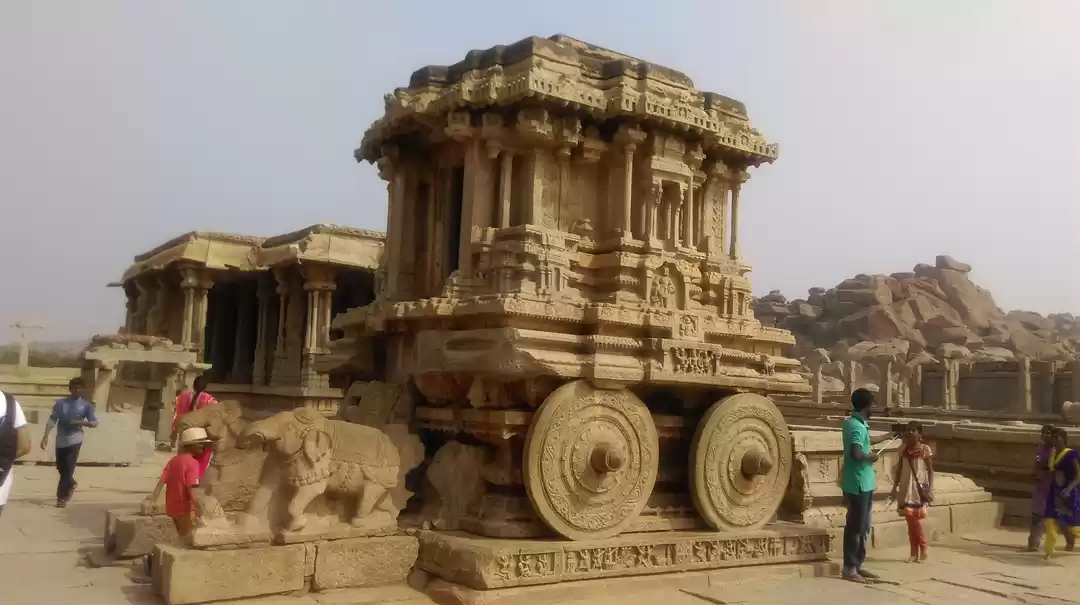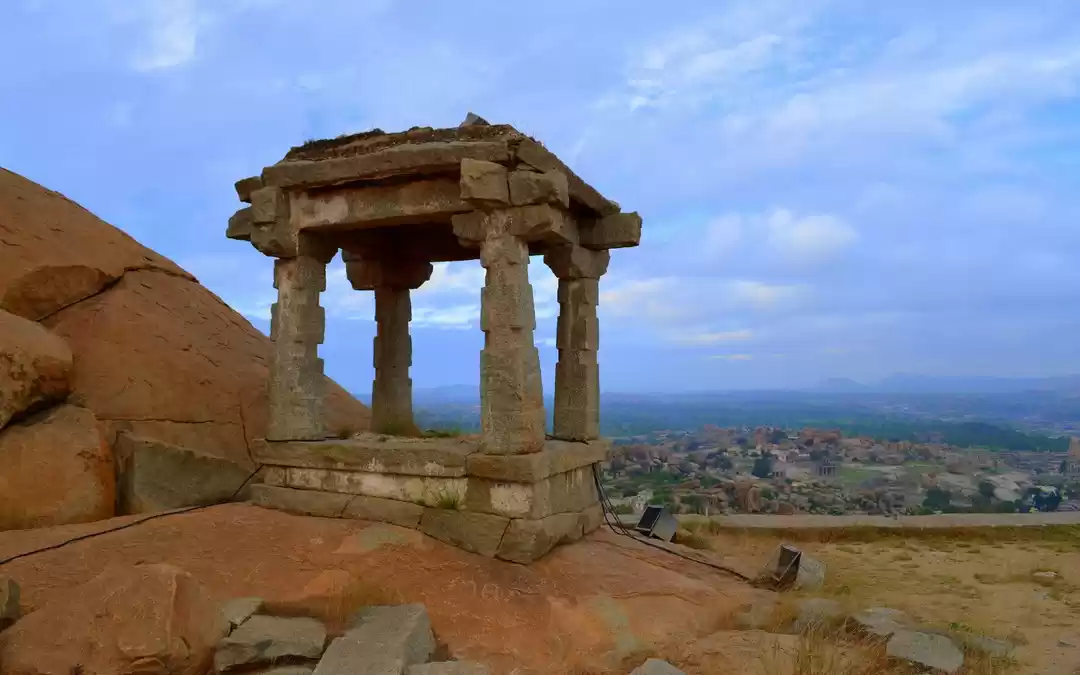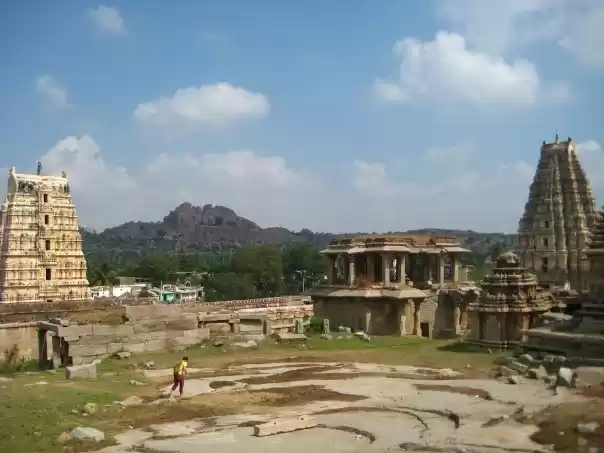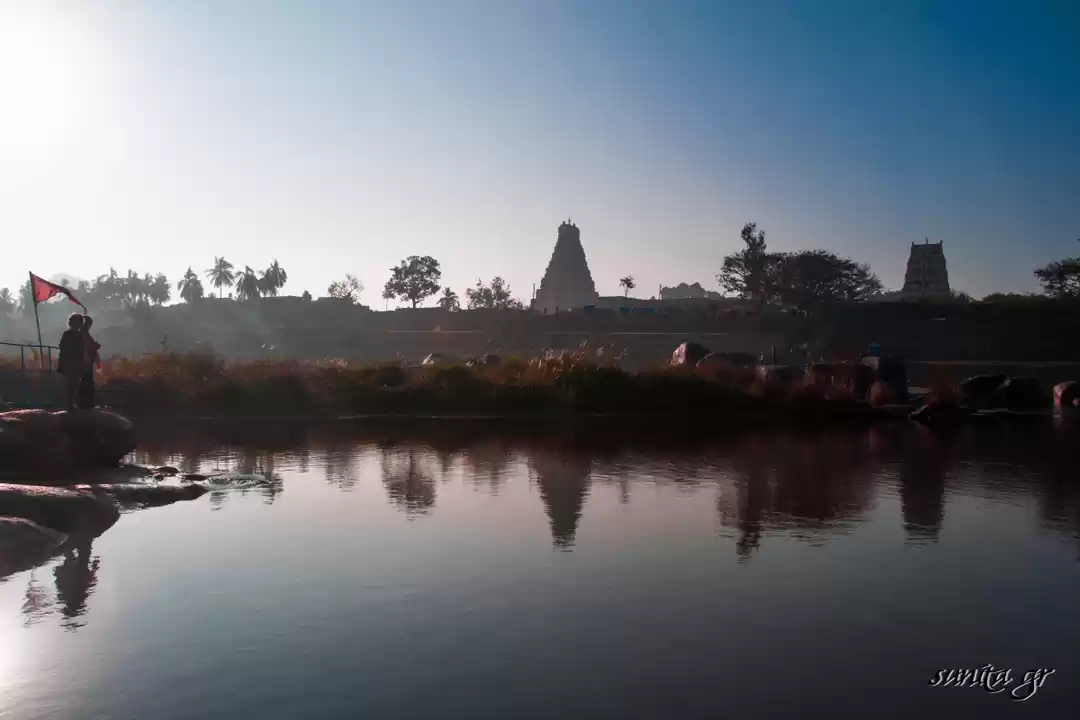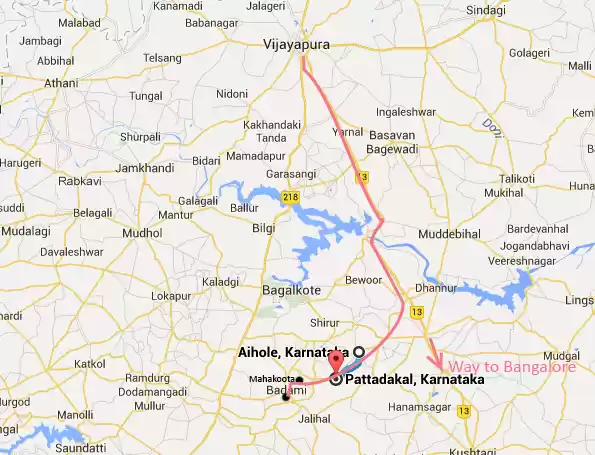North Karnataka is a delight for history lovers. One of the oldest inhabited regions of the country, the landscape offers a myriad jigsaw of ancient and modern India. The journey takes one from the pre-historic rock shelters and paintings to the mythological Kishkindha of Ramayan and Mahabharat, further on to the epitome of the southern kingdoms – the Vijayanagar Empire giving way to the modern Deccan Sultanate of Bijapur – each era with its own aura and legends left behind in the stories told by the stones.
What to see and do
The weeklong road trip from Mumbai across the Deccan took us through several millennia of history. As we unravelled the historic and pre historic landmarks, glimpses of India’s glorious past and its shimmering present unraveled in front of us.
Itinerary: Sangli (day 1), Bijapur (day 2-3), Sandur (day 4-5), Badami (day 6), Belgaum/Kolhapur (day 7).
Drive from Mumbai to Sangli: The drive of about 380 km on the Mumbai-Bengaluru highway is quite comfortable. With a midday pit-stop for lunch at Hotel Virangula, Satara one can make it to Sangli by late afternoon.
What to see: Sangli is one of the erstwhile princely states of Maharashtra and the grandeur can still be seen in the majestic Ganapati Temple. The premises are pristine and the temple is one of the best examples of Peshwa-style wooden architecture. The symmetrical arrangement of deities and the very clean environment is not to be missed. The city is renowned for its spices, and an exploration of the spice market in the vicinity of the temple is a must.
Where to eat: Great street food is available in the vicinity of the temple. For those looking for vegetarian food, the Nataraj Annexe is a good option. For local transport take the Autos as they know to navigate the narrow lanes and by-lanes.
Where to stay: Most of the major hotels in Sangli are located close to each other. The Hotel Icon Inn on the Sangli - Miraj Road is a good option with a varied breakfast spread and parking space.
Drive from Sangli to Vijayapura (Bijapur): This drive of around 140 km takes about 3.5 hours. The shortest route on Google maps takes one through dirt tracks which can be a bumpy ride for about half an hour especially around the border of Maharashtra and Karnataka. Thereafter it’s a smooth journey. Alternative to going via Sangli is to take the route via Solapur which is a much better road.
What to see: Bijapur or Vijayapura as it is now known was the capital of a Deccan Sultanate. It is home to some of the most impressive historical monuments in Southern India particularly of the Adil Shahi dynasty. Given the heat, it is advisable to take a break in the afternoon and start exploring the city in late afternoon. Barah Kaman – the incomplete tomb of Ali Adil Shah II is a unique roofless building with only big arches. The park and the church near the citadel and the temples in the main market area can be explored on foot. Most of the historic places are maintained by the ASI and are open till about 5-6 PM.
Where to stay: For a town with such important tourist attractions, the quality of hotels is poor in Bijapur. Hotel Mayura Adil Shahi run by the KSTDC is a good bet particularly because of its walkable distance from many attractions.
What to see: The day to explore Bijapur needs a really early start especially to explore the Gol Gumbaz. The size of the gumbaz or dome is second only to the Vatican, and its Whispering Gallery offers a unique acoustic experience. It opens at 6:00 AM and it is best to beat the crowds to it, so as to experience the magic of the Whispering Gallery. Carrying liquids while climbing is advisable, as the flight up to the gallery is quite steep. Exploration at the Gol Gumbaz can be followed by a breakfast at an awesome joint near the main gates before heading back in time for the opening of the Archaeological Museum which is in the same compound. Much of the art of the surrounding areas as well as the various ruling dynasties of the Deccan have been preserved here and it takes at least an hour to see the place. Next, head to the Jamia Masjid, one of the largest mosques in South India, where more than 2000 people can pray at the same time. Follow this up with a visit to the Jod Gumbaz, Asar Mahal, Uppali Buruz, Malik-e-Maidan, Taj Bawdi and the Citadel before breaking for lunch. The tomb of Ibrahim Rauza is the inspiration for the Taj Mahal and is set in a well maintained garden. The acoustics here are also great. The evening should be set aside for a sunset at the Shivgiri Temple with the huge Shiva idol that can be seen from afar. Finally end the day with a visit to the unique underground Torvi Narsimha Temple.
Where to eat: Cuisine in Bijapur is very spicy. The KSTDC hotel had good food. Authentic local delicacies at throwaway prices can be had at the Hotel Indraprashtha – a small joint bang opposite the Gol Gumbaz. Kamath’s is a good option for a vegetarian lunch with the refreshing camphor infused buttermilk being a must try.
What to see: Sandur is an erstwhile princely state in the Bellary district. This drive of 256 km was rather boring and long but worth in the end for the quaint, old world charm of the Sandur town. An hour away from Hampi, it is free from crowds and is the perfect place to unwind. Sandur is at the base of the Nilgiri Hills in Bellary district which is known for the blossoming of the Neelakurinji flowers every 12 years. The 8th century Kumaraswamy Temple and the 7th century Parvati Temple are in the same compound about half an hour drive up into the hills. Apart from the festival times, the temples are absolutely empty and closed early. On the climb down make a quick halt at the eternal mineral water spring (one should bring back some of the water) and the Harishankara Shiva temple. The gorge behind the Gandi Narasimha Temple is the location for many movies and shoots.
Where to stay: The main palace of the Ghorpade clan has been turned into the ITC Shivavilas Palace Hotel. It was an unexpected discovery for a luxurious, unhurried staycation with temples, museums, libraries, swimming pool and recreational activities within the compound.
What to see: The UNESCO World Heritage site of Hampi is about 40 km from Sandur. The numerous attractions at Hampi can be divided into 2 broad groups - the architectural marvels of the Vijaynagar Empire within the confines of Hampi town and the settings for various mythological events in Ramayan and Mahabharat around it. The first group includes the Virupaksha temple and its surrounding monuments like the main bazaar, the Vittala temple in Hampi where the famous stone chariot is located along with the awesome musical pillars, the idols of Narasimha, Ganesha and Shiva, the Queen’s Palace grounds, Elephant Stables, the museums and so many more attractions including the live elephant deity and the sister rocks which all deserve a separate page. It is ideal to take the autos near the entry to the complex to explore the area. The important points in the second group are the Hanuman birthplace temple (sunset point), Bali’s cave and spot where he was killed, Pampa Sarovar and Sabari’s cave etc.
Often forgotten parts of Hampi are the prehistoric rock shelters which have amazing art dating back several millennia. It is ideal to visit these before exploring the Ramayan points on the way back. It takes an hour to reach from the main temple complex through verdant fields.
What to eat: Coconut water is a must have during the exploration in the heat.
Drive from Sandur – Aihole – Pattadakal – Mahakutta – Banashankari – Badami. Follow Google maps to explore the amazing architecture of the various kingdoms that predate the Vijayanagar Empire. Most of the places are close to each other and ideal for a day trip terminating at Badami.
What to see: The distance from Sandur to Aihole is about 159 km that takes around 4.5 hours which is the longest stretch for the day. The Aihole monuments (4th to 12th century Hindu, Buddhist and Jain style) are superbly restored and maintained by the ASI. It takes about 1.5 hours to explore the major attractions except the caves. The Pattadakal group of temples is about 13 km away and can be reached in half an hour. This also can be explored in another 1.5 hours. Next on the route is the Mahakuta group of Shiva temples which is about 14 km and half an hour away from Pattadakal. The ancient and revered Banashankari temple on the outskirts of Badami is about 15 minutes away. Badami main town is another 15 minutes away. End with the sunset at the Agastya Lake before winding up for the day.
What to eat: These are small towns with not many eating options till one reaches Badami. However, tasty local food is available near the gates of the Pattadakal complex.
Where to stay: Badami has several hotels of which the priciest was the Clark’s Inn hotel. While its restaurant is good, the hotel itself is fine only for an overnight stay.
Drive from Badami to Kolhapur via Gokak following Google maps. It has the best road conditions.
What to see: Explore Badami cave temples and museum before proceeding on to the Gokak waterfalls. Most of the attractions in Badami including the caves are clustered around the lake. Gokak was a chance discovery for us being on one of the routes to Kolhapur from Badami. The area around the Gokak falls seems to have been stuck in the colonial age with buildings from the era like the suspension bridge, power station and the Gokak textile mills the outlet of which in front to the falls is a shopper’s delight. The ancient Mahalingeshwara temple is situated at the entry to the falls on the Ghataprabha river. Kolhapur is less than a 2 hour drive away along scenic villages and the massive Hidakal Dam. End the day with a late night visit to the Kolhapur’s Mahalakshmi Temple when the crowds have left.
Where to stay: Kolhapur is a big city with hotels suiting all budget ranges.
What to eat: Kolhapur is a foodie’s paradise particularly for non-vegetarians. Food at Kolhapur deserves a separate page altogether. Try the local sweet Karadantu which is sold near the Gokak waterfalls. It is packed with dry fruits and keeps for weeks.
Drive back to Mumbai from Kolhapur via Pune. This is a relatively comfortable drive on a straight road of about 370 km and takes about 6.5 hours. It is best to halt for a break at Pune before proceeding to Mumbai.
Frequent Searches Leading To This Page:-
kolhapur points to see, local sightseeing in kolhapur, visit places in kolhapur, kolhapur trip point, kolhapur tour places, picnic point in kolhapur

